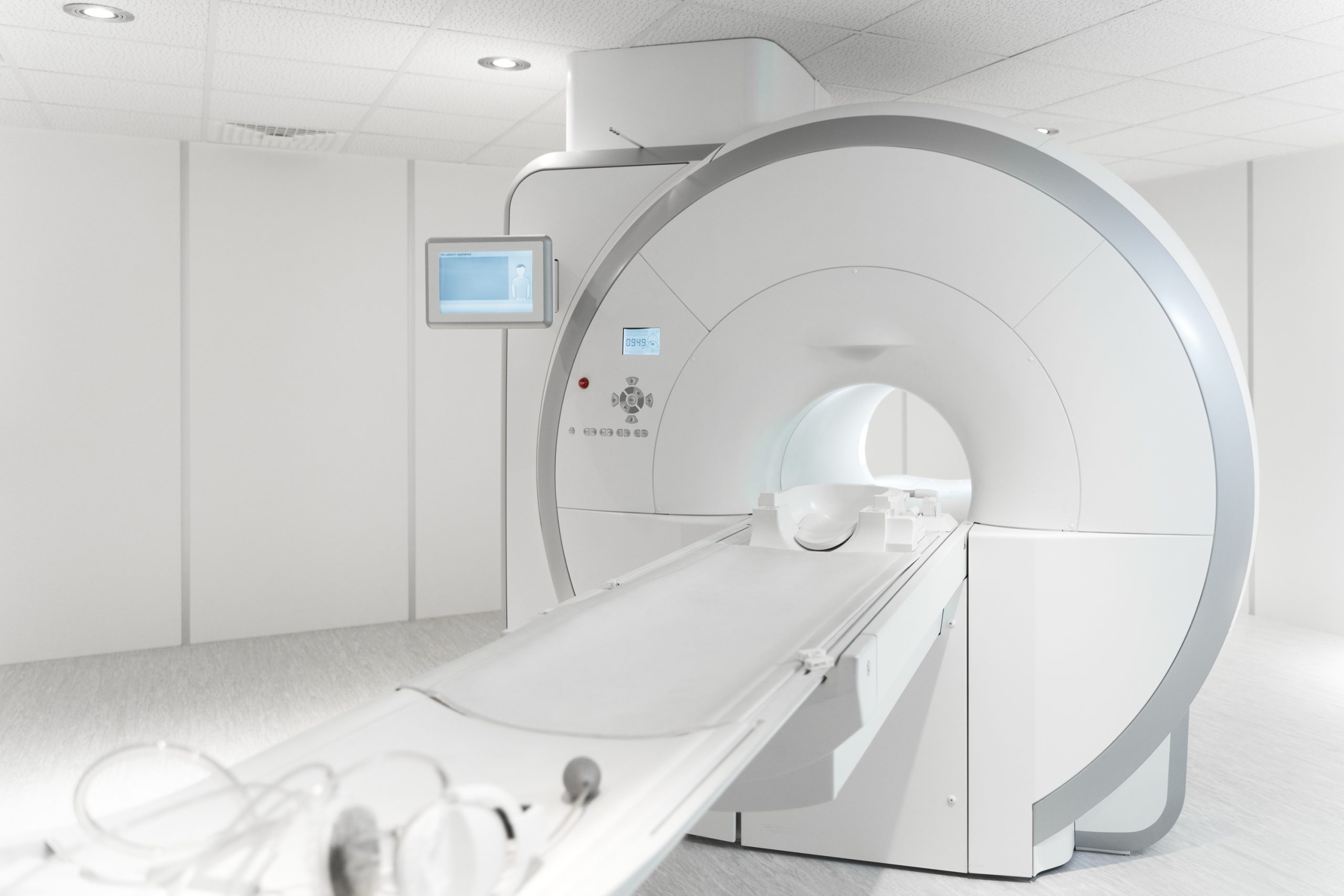

Computed tomography, magnetic resonance imaging, positron emission tomography, and ultrasound are all imaging modalities that have become crucial in the medical field. Each method not only provides unique insights into people’s inner workings, but also helps doctors to draw judgments regarding abnormalities or functional processes in the human body.
A team of physicists and medical specialists from the Julius-Maximilians-Universität Würzburg (JMU) has now succeeded in developing a new, radiation-free imaging system for human use. Magnetic particle imaging (MPI) is the term for this technique. It is possible to view dynamic processes in the human body, such as blood flow, using the portable scanner they developed.
This research was led by Professor Volker Behr and Dr. Patrick Vogel of the University’s Institute of Physics, and the findings have been published in the journal Scientific Reports.
A Sensitive and Fast Alternative
Magnetic particle imaging is a technique based, as the name suggests, on the direct visualization of magnetic nanoparticles. Such nanoparticles do not occur naturally in the human body and must be administered as markers. “As with positron emission tomography, which relies on the administration of radioactive substances as markers, this method has the great advantage of being sensitive and fast without ‘seeing’ interfering background signals from tissue or bone,” explains Volker Behr.
MPI is not based on the detection of gamma rays from a radioactive marker like positron emission tomography, but on the response signal of the magnetic nanoparticles to magnetic fields that change over time. “In this process, the magnetization of nanoparticles is specifically manipulated with the help of external magnetic fields, whereby not only their presence but also their spatial position in the human body can be detected,” says physicist Patrick Vogel, first author of the publication.
A little scanner with tremendous results
The MPI concept is not novel. The Philips business was able to demonstrate the first photos of this unique technology in a small demonstrator as early as 2005, although it could only capture samples a few centimeters in size. And the development of instruments appropriate for human examination proved more challenging than anticipated, resulting in enormous, heavy, and expensive structures.
In 2018, Professor Volker Behr and Patrick Vogel led a team that discovered a novel approach to achieve the complicated magnetic fields required for imaging in a significantly smaller design. The scientists were successful in applying the unique notion in an MPI scanner (interventional Magnetic Particle Imaging—iMPI) specifically constructed for intervention across a multi-year research effort.
“Our iMPI scanner is so small and light that you can take it almost anywhere,” Vogel explains. The authors impressively demonstrate this mobility of the scanner in a simultaneous real-time measurement in comparison with a special X-ray device, which is the standard device in angiography in university hospitals.
The team, coordinated by Professor Thorsten Bley and Dr. Stefan Herz of the Würzburg University Hospital’s Interventional Radiology Department, carried out the measurements on a realistic vascular phantom and analyzed the initial photographs.
“This is a first important step towards radiation-free intervention. MPI has the potential to change this field for good,” said Dr. Stefan Herz, senior author of the publication.
Along with more observations with the iMPI device, the two physicists are also striving to improve their scanner. The primary purpose is to enhance image quality.
more recommended stories
 Urine-Based microRNA Aging Clock Predicts Biological Age
Urine-Based microRNA Aging Clock Predicts Biological AgeKey Takeaways (Quick Summary) Researchers developed.
 Circadian Control of Neutrophils in Myocardial Infarction
Circadian Control of Neutrophils in Myocardial InfarctionKey Takeaways for HCPs Neutrophil activity.
 E-Cigarette Use and Heart Attack Risk in Former Smokers
E-Cigarette Use and Heart Attack Risk in Former SmokersKey Takeaways for Clinicians and Nurses.
 36-Week Pre-eclampsia Screening May Reduce Term Risk
36-Week Pre-eclampsia Screening May Reduce Term RiskA New Preventive Strategy for Term.
 Cardiovascular Risk and Sudden Cardiac Death in Diabetes
Cardiovascular Risk and Sudden Cardiac Death in DiabetesRising Sudden Cardiac Death (SCD) Risk.
 Poor Kidney Function and Alzheimer’s Biomarkers Explained
Poor Kidney Function and Alzheimer’s Biomarkers ExplainedPoor kidney function may influence levels.
 Walking Speed Before Hip Replacement Predicts Recovery
Walking Speed Before Hip Replacement Predicts RecoveryNew Evidence Points to a Simple,.
 Neuroblastoma Drug Combo Extends Survival in Models
Neuroblastoma Drug Combo Extends Survival in ModelsA Promising Shift in High-Risk Neuroblastoma.
 How Soybean Oil Impacts Weight Gain and Metabolism
How Soybean Oil Impacts Weight Gain and MetabolismWhy Soybean Oil May Affect Metabolism.
 Coffee and Cognitive Function: Evidence Review
Coffee and Cognitive Function: Evidence ReviewA new narrative review in Cureus.

Leave a Comment